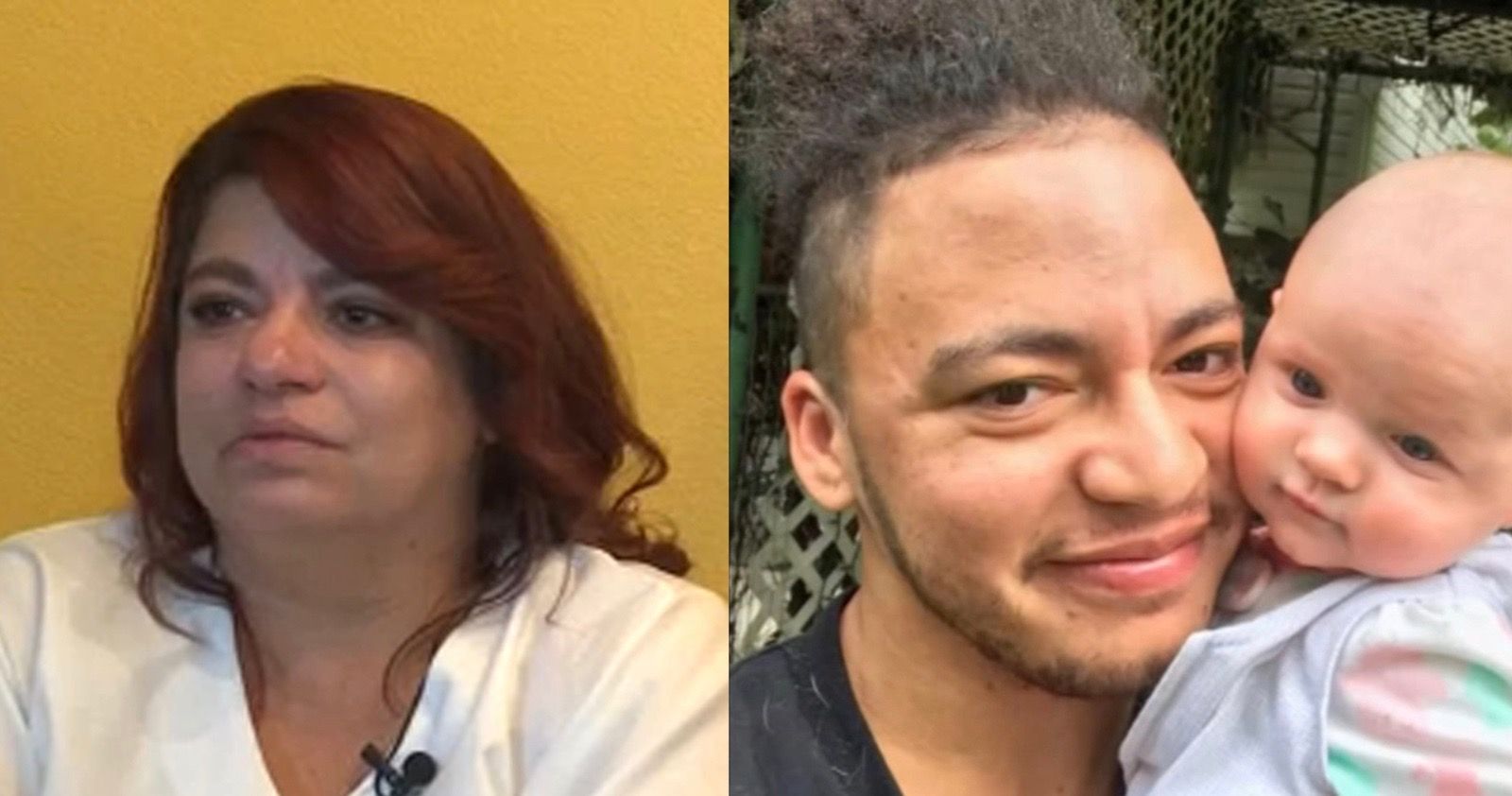A California woman, who thought the child she had nearly 30 years ago had died during childbirth, recently learned that he is alive and well. Tina Bejarano was 17 when she gave birth and had been told by her mother that she was not allowed to keep the baby.
"The next day, she comes back to tell me, 'The baby died 15 minutes after it was born. It never made it. It was sick,'" she said in an interview with KMPH. Bejarano's mother had been abusive and took it upon herself to give the baby up for adoption.
For almost 30 years, Bejarano, now 47, and her husband, Eric Gardere, have been celebrating the birth of the child they believed had died. Last year, her daughter urged her to take a DNA test. Then, recently, they received an email from a 29-year-old man from New Jersey who had also taken a DNA test and learned that Bejerano was his mother.
The man, Kristin, who is now married and has a baby of his own, was adopted five days after he was born. Growing up in Las Vegas, he believed his biological mother had simply given him up. When he spoke with Bejerano, he told her that he had been born female but transitioned. She supports and loves him just the same. “I don’t care,” said. “I don’t care if he’s in transition. I don’t care if he hasn’t transitioned. I don’t care. That’s my kid. We’re just glad he’s alive.”
"Looking at him just makes me want to cry," said Bejarano, who married Gardere a few months after she gave birth to Kristin. Although he is not the man’s father, he still considers him his son. "We've been communicating with Kristin for a few months now. He calls me Dad, I call him Son, I text him every morning," he says.
The whole family is planning to meet in person for the first time on November 24 in Los Banos, California.
Forensic scientists can use DNA in blood, semen, skin, saliva or hair found to identify a matching DNA of an individual. In DNA profiling, the lengths of variable sections of repetitive DNA are compared between people. This method is an exceptionally reliable technique to identify a matching DNA. Developed in 1984 by British geneticist Sir Alec Jeffreys, DNA profiling is often used in forensic science to convict criminals.
RELATED: First Spanish “Stolen Baby” Reunited With Family Through DNA Bank
However, DNA profiling can also be used in DNA paternity testing to determine if a person is the biological parent or grandparent of a child with the probability of parentage usually 99.99% when the alleged parent is biologically related to the child. Normal DNA sequencing methods happen after childbirth, but there are new methods to test paternity while a mother is expecting.

